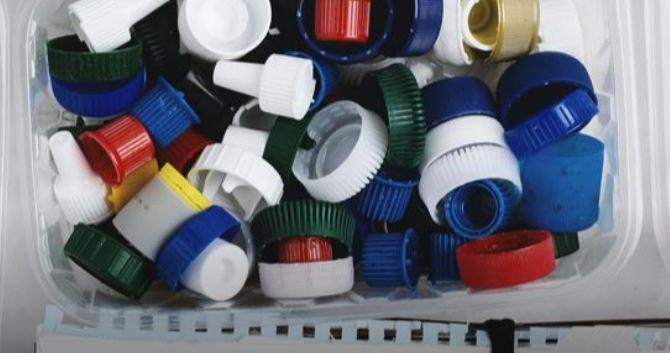Sustainability remains the number-one topic across the packaging value chain, with corporations setting ambitious targets to improve their performance. This is demonstrated by our recent global survey of packaging purchasers across industries, which shows that approximately 75 percent of organizations have made clear sustainable-packaging commitments—but fewer than 30 percent are well prepared to meet regional requirements, much less internal aspirations. And fewer than 30 percent of organizations have clear metrics surrounding recyclability, sustainability, or recycled content. Additionally, there are several organizational hurdles: fewer than a fifth of organizations have upskilled employees to incorporate sustainability themes or have implemented meaningful incentives to achieve sustainability goals. To turn this around and increase the focus on sustainability—without making trade-offs among cost, sustainability, and brand value—we suggest a holistic approach to driving impact by applying five critical levers across the organization.
A growing focus on sustainability
Sustainability efforts are increasingly becoming a focus, with many end-user segments in the consumer spotlight.1 Consumers value sustainably sourced and manufactured products—so much so that this has led to 2.7 times faster growth for sustainable products versus traditional goods, despite price premiums over their conventional counterparts.2 Meanwhile, policy makers and regulatory bodies are responding to public sentiment by implementing regulations related to single-use packaging while also placing extended producer responsibility (EPR) on consumer-facing products and a new focus on Scope 3 emissions. Currently, Europe is leading the way on most of these regulations; however, governments in Asia–Pacific and North America are developing similar legislation.3 All trends in consumer preferences, regulations, and government actions point toward sustainable packaging becoming a key focus for sustainability efforts.
Against this backdrop of increasing scrutiny, global corporations (as buyers of packaging) have been making ambitious sustainability commitments. There are two principal areas of focus, depending on the market stance of the company: most of product manufacturers’ overall emissions come from Scope 3, while consumer goods companies have a higher proportion of upstream emissions. Nearly 90 percent of emissions from food-and-beverage companies fall under Scope 3, with more than 60 percent from upstream activities.
Importantly, such sustainability commitments are equally applicable to packaging, which accounts for $1 trillion of annual global spending. Research shows that these commitments focus on three areas of activity: emphasis on full recyclability and a significantly higher degree of recycled content (60 percent of commitments), a reduction of total usage of plastics (26 percent), and innovation and the promotion of change in the use of packaging (14 percent).4
What is the post-pandemic status of these sustainability commitments, especially as product companies face new challenges and continued uncertainty? For example, pandemic-related supply chain disruptions and recent geopolitical upheavals have caused supply chain constraints across numerous commodity categories (such as pulp, recycled plastics, and virgin resin). Additionally, companies and consumers are more sensitive to cost as inflation continues to rise globally, hitting a 40-year high in the United States.5 To better understand the current situation, we launched a global survey of product companies across end users and industries, exploring how corporations are working toward their commitments. This was complemented by a series of interviews with industry participants to further understand developments around sustainability in packaging.
Progress on packaging sustainability commitments
Our global survey found that 75 percent of companies have already made sustainable-packaging commitments. The survey also found that for B2B and industrial companies, packaging sustainability has been given less attention, with about 66 percent of such companies having sustainable-packaging commitments compared with 80 percent of consumer goods companies. At the same time, however, our survey showed that fewer than 30 percent of organizations overall are well prepared to meet their commitments (Exhibit 1). CLICK THE LINK BELOW TO VIEW…
CONTINUE READING THIS ARTICLE HERE
This article is a collaborative effort by David Feber, Yogesh Malik, Lucas Menanix, Daniel Nordigaarden, Mukund Prasad, and Chris Vasta, representing views from McKinsey’s Sustainability Practice.

